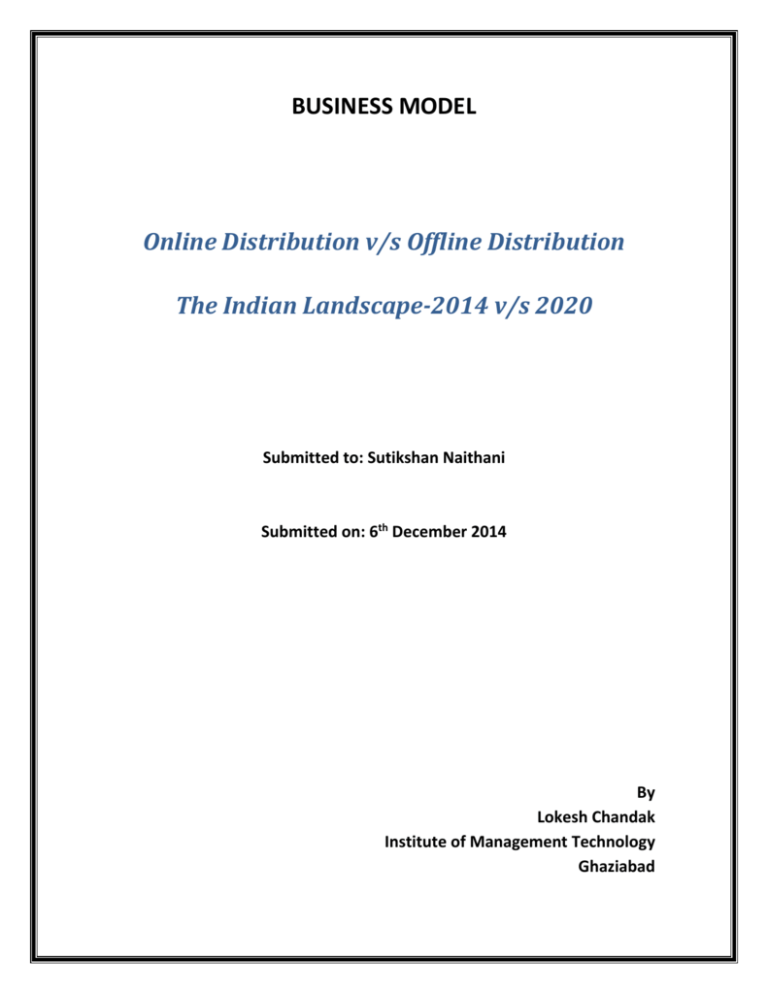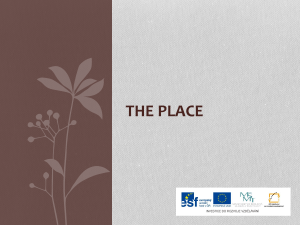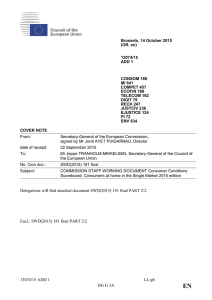HCL Infosystem STP
advertisement

BUSINESS MODEL Online Distribution v/s Offline Distribution The Indian Landscape-2014 v/s 2020 Submitted to: Sutikshan Naithani Submitted on: 6th December 2014 By Lokesh Chandak Institute of Management Technology Ghaziabad India is in the verge of internet boom. The Internet in India took more than a decade to move from 10 million to 100 million users and 3 years from 100 million to 200 million whereas it took only a year to move from 200 to 300 million users. The government’s ‘Digital India’ programme to connect all villages with broadband in the next 3.5 year i.e., by the end of 2018 will provide a huge boost to internet user’s base in India. The online market share in India is about 0.5% compared to global average of 4%. Thus there is a tremendous scope for further increase. According to the study by KPMG and Internet & Mobile Association of India, ecommerce will contribute 4 percent to India's gross domestic product by 2020. The major reason for such staggering growth in the online business are 1. 2. 3. 4. Tremendous growth of online users. Lower prices compared to offline purchase. Better online shopping experience. Efficient operations lead to saving of time and money of both buyer and seller. Limitations/Challenges 1. Since the product couldn’t be physically inspected before ordering and receiving, HCL have to make its returns and redress processes transparent and reliable. 2. Lack of proper infrastructure which is expected to develop tremendously in coming years. 3. Unreliability of 3rd party carriers may hamper the brand. 4. Absence of physical communication with its customer. Impact of online distribution models on offline distribution: It can be absolutely predicted that the online distribution system will be much more convenient, easier, better than the offline distribution. Online distribution will lead to removal of middle men (Re-Distributors) thereby increasing profitability for HCL as well as retailers. The retailers and consumers can directly purchase from distributors. HCL should implement a system in which the retailers have to register with the distributor online and then HCL can categorize or rate the retailer as per their credibility and volume of sales. Payment period should be as per the rating of the retailer. The retailers will directly make orders online. This will bring in much more transparency. The system of eliminating the redistributors and connecting with the retailers directly online can be implemented gradually to all across the country. B2C can also be implemented after developing proper infrastructure and gaining experience in B2B model. Connecting directly with the small as well as large retailers will result in smoother operations. It will also be a win-win situation for both the parties as described above. The increasing penetration of internet and rising number of users will make it possible. Considerable competition is present in the e-commerce market like alibaba.com, amazon.com and flipkart.com. However, in the coming years, the demand is expected to increase tremendously thereby creating space for new players to enter the segment and prosper. This is the right time to enter the ecommerce market and take the advantage of being among the early movers. Also HCL will be able to have some time to develop its management as per online business requirement if it enters the online segment today and hence it will be automatically a major player in future.









